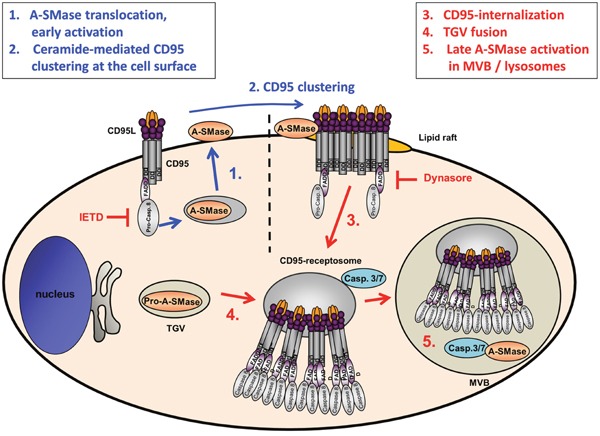Figure 8. Model of CD95L induced A-SMase activation.

Biphasic activation of A-SMase in CD95-receptosomes is caused by two different mechanisms. CD95 ligation leads to the activation of caspase-8 which triggers a translocation of A-SMase onto the outer leaflet of the plasma membrane. At the plasmamembrane A-SMase colocalizes with CD95 and is supposedly involved in the formation of lipid rafts propagating the formation of CD95 clusters [52]. In type I cells, these receptor ligand complexes undergo clathrin-dependent internalization forming CD95-receptosomes. Along the endocytotic pathway CD95-receptosomes fuse with trans-Golgi vesicles (TGV) which contain A-SMase to form multivesicular bodies (MVB) which eventually mature to early lysosomes. Within this compartment, caspase-7 or caspase-3 activates A-SMase to transmit further downstream signaling.
